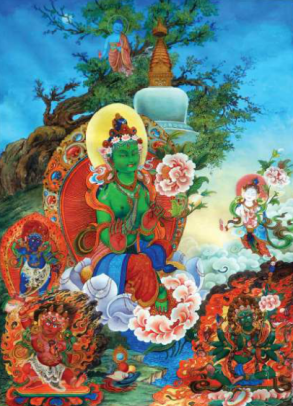
Poubha painting reflects the immensely rich form of ancient art that is indigenously and quintessentially Kathmandu Valley’s. A unique heritage of the Newars, the Poubha genre developed as part of the centuries-long cultural out-pouring of the rich and dynamic city-states of the Valley.
The sacred art form of Poubha is a visual interpretation of the Buddhist and Hindu philosophies as practiced in the Vajrayan tradition. According to Vajrayan theology, all sentient beings have Buddhahood in them, and can attain this state of high bliss if the mind is lifted from the fog of ignorance. Then, in a clear ray of light, one achieves the state of Bodhichitta and is prepared for enlightenment. Poubha art, by explaining this path to Buddhahood, helps the practitioner to achieve it.
Art that can definitely be called Poubha goes back beyond the 7th century. But the oldest known survivor ‘ an image of Ratna Sambhav now adorning the walls of Los Angeles County Museum ‘ belongs to early 13th century. The lack of examples of the earliest in this art form can be ascribed to fragility of the medium as well as the tradition of replacing old paintings with new ones.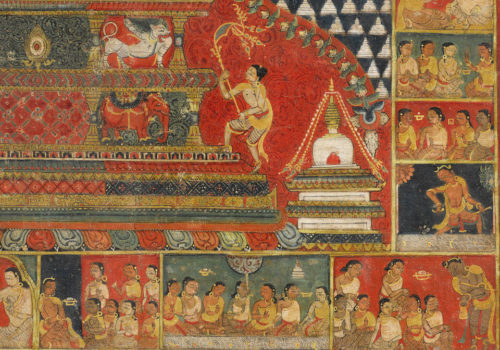 In the ebb and flow of history, the Poubha faced threat of extinction in the 17th century, towards the end of the Malla era. The drying up of patronage during this period of political upheaval, and the consequent weakening of community structures in the toles and bahals of the Valley towns, seems to have led to stylistic decline in Poubhas of this period.
In the ebb and flow of history, the Poubha faced threat of extinction in the 17th century, towards the end of the Malla era. The drying up of patronage during this period of political upheaval, and the consequent weakening of community structures in the toles and bahals of the Valley towns, seems to have led to stylistic decline in Poubhas of this period.
Meanwhile, over historical time, like the other art forms perfected in Kathmandu Valley and exported to the Tibetan plateau, the Poubha style also had travelled thither. Indeed, there are many who believe that the Poubha, taken to Tibet by the Valley artists, was the basis for the development of Himalayan Buddhistic devotional art known as the Thanka. Over the course of the last half century, in particular, the Thanka has gained immense popularity worldwide, particularly because of its linkage to Himalayan Buddhism. The Poubha style, meanwhile, was increasingly overlooked, and today’s new generation of Valley citizens themselves tend to be unaware of the devotional and artistic genius of this indigenous art form.
The ritual
Tradition says the Poubha artist ought to work in a quiet and secluded place without outwardly disturbances, accompanied only by another sadhak (master painter) on his side, and a sishya (disciple) to take care of logistical needs. Besides being a master of the craft, the artist has to be humble, meditative and detached from the materialistic world. He can be called a ‘psychonaut’, as he carries the fuel of immense patience and devotion, riding the craft of his skills and knowledge into spiritual space. Says a Buddhist text, ‘The painter must be a good man, no sluggard, not given to anger, holy, learned, who is a master of his senses, pious, benevolent, free from avarice, such should be his character’
The painting is initiated with a short meditation and a prayer to the deities. Once the work is finished, there remains the important task of consecration (pratistha) to be carried out by an erudite Vajracharya or Rinpoche. The reverend, before consecration, inspects the Poubha thoroughly to see if it accords in its details with the canonical injunctions. If his discerning eyes approve, he inscribes the three seed syllables ‘ Om, Ah, Hum, for body, speech and mind ‘ at the back of the painting.
Strictly speaking, the Poubha was never to have been unrolled in the presence of strangers. The paintings were considered to be a mirror reflecting one’s self, and only the owners could enjoy the profound meanings inscribed therein. However, in these changed times it is difficult to say whether, for practical reasons alone, the few Poubha artists of Kathmandu Valley would be able to follow this ritualistic legacy.
The technique
A typical Poubha is done on a cotton cloth stretched across a wooden frame. A mixture of saresh (buffalo glue) and sapeta (white clay) is painted uniformly on the surface. The cotton is left to dry in the shadow. A portion of the dry cotton is then slightly moistened to allow the saresh-sapeta mixture to get evenly distributed. A smooth stone is rubbed on the cloth so that the remaining moisture is absorbed. The rubbing continues till the surface is smooth and fine. The canvas is ready.
The artist uses a sable-hair brush. The water-based colors in Poubha come from Himalayan stones that are ground by hand, while gold- and silver-dust are at times used to add value. The white and indigo colors, among others, are imported from South India and elsewhere. Traditional Poubhas use five basic colors: red, blue, yellow, black and white, while indigo and crimson are the usual supplementary hues used for gradation effects. All these opaque colors use saresh as the base. A rich red dominates Newari paintings, which are also enlivened by bright blues, greens and golds. The specific colors do not necessarily convey a specific state or emotion, but the color of each deity’s complexion has to be represented faithfully.
As far as the iconography is concerned, after the initial coat of paint, the lining of the shapes, a major factor in Poubha art, is executed. Then follows linear dry shading (wet on dry), the most time-consuming part of the work. As in earlier times, the artist makes the drawings along the lines of the iconometric principles, in angul (finger) measures.
A Poubha artist ought to possess supreme mastery over drawing, a thorough understanding of iconometric principles, and the knowledge of the philosophical themes which pertain to the subject. The iconometric rules are not governed by the artist’s imagination, but are the records of meditative visions of highly realized sages and mahasiddhas. In a strictly traditional Poubha, within the framework of approved layouts, there is little opportunity for the painter to express his own sensibility, except in decorative patterns. In Poubha art, the eyes of the deities are painted in the end.
There has been some revival of interest in Poubha in recent years, perhaps sustained by the immense popularity of the related Thanka art. In the towns of Kathmandu Valley, there remain few masters of Poubha form, such as Siddhimuni Shakya, Prem Man Chitrakar and Lok Chitrakar. Mukti Singh Thapa, originally from the hill town of Bandipur in the west, also paints Poubha.
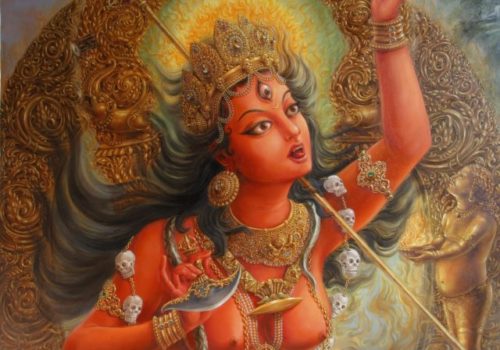
A modern paubha by Samundra Man Shrestha
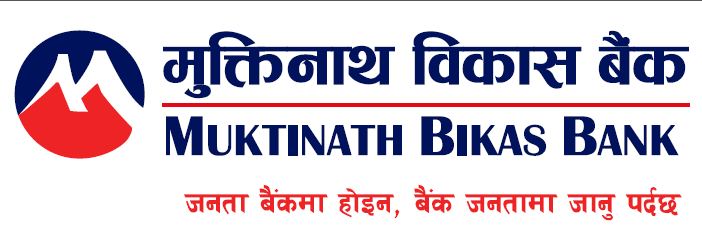
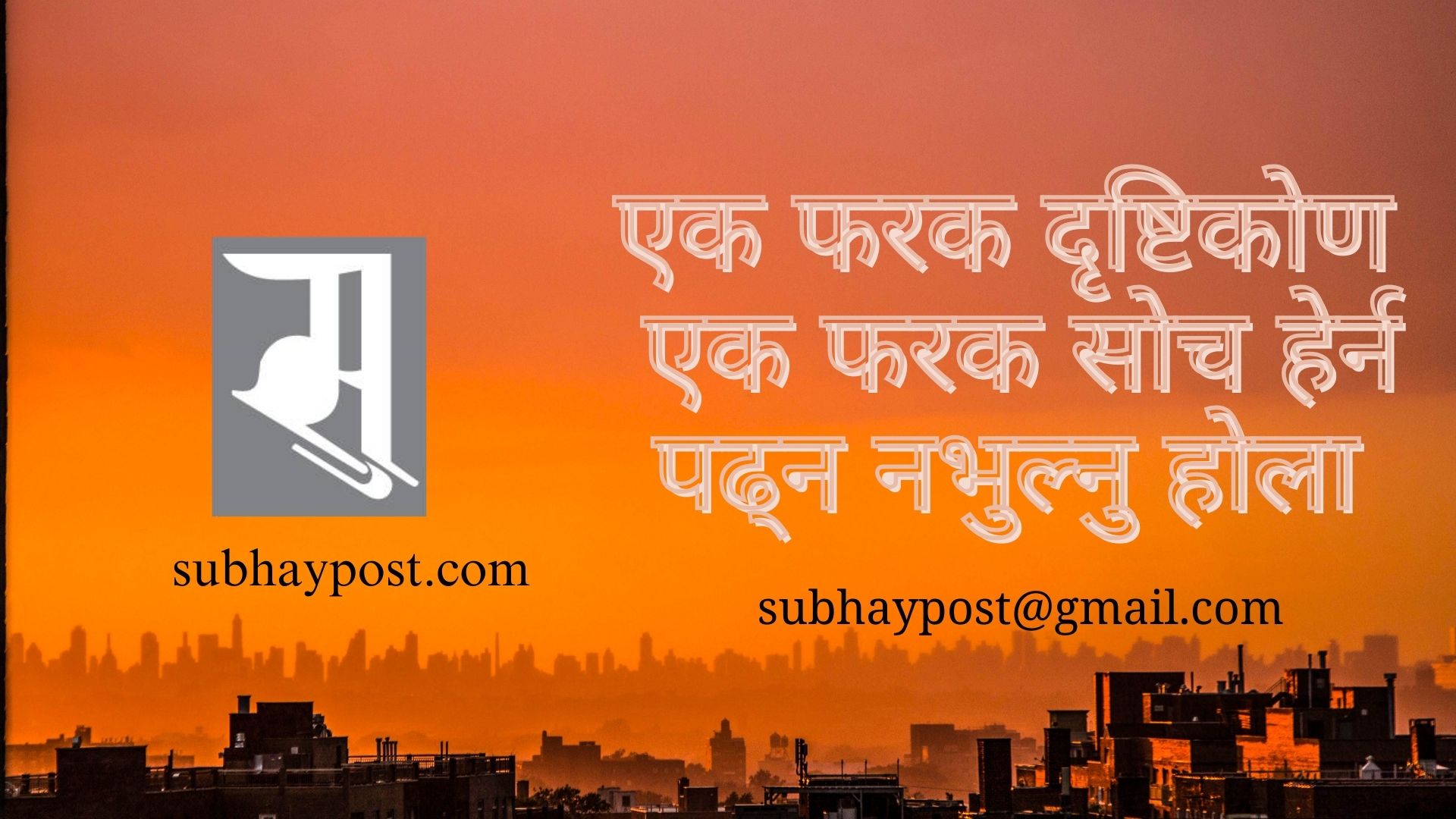
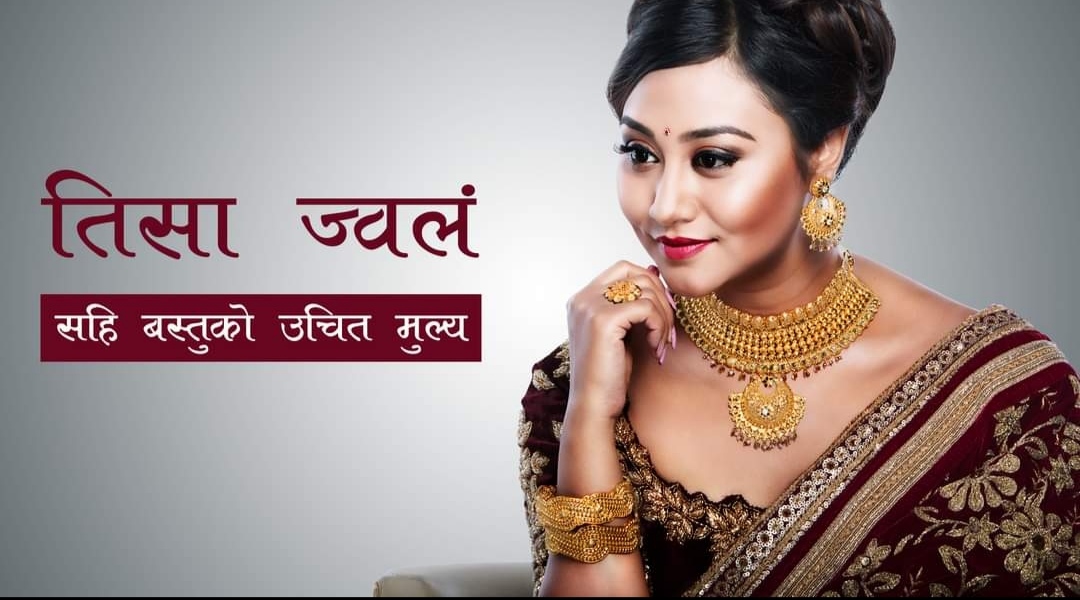

सुभाय् मिडिया प्रा.लि.
ताम्सिपाखा , देयको , पुष्पलाल पथ काठमाडौं -१८
ईमेल: [email protected]
कार्यालय फोन- ०१-२१५६४४
स्थायी लेखा नम्बर- ६१२२८०१००
सूचना विभाग दर्ता नम्बर: ४५८/०७४-७५